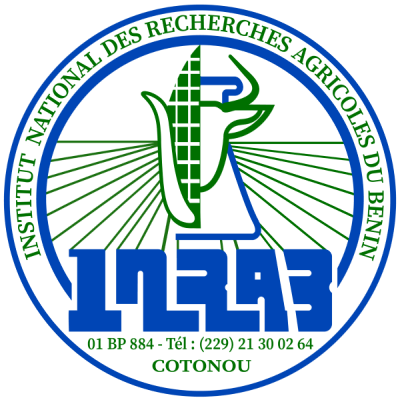Pruning leaf mineralization dynamic of three agroforestry species on two major soil types in Benin
DOI:
https://doi.org/10.62344/brab.v35i01.263Keywords:
Forestry species, climate change, carbon, soil fertility, litter, decompositionAbstract
Agroforestry systems, involving tree species, store soil carbon through mineralization of litter, but few studies evaluate their potential to improve soil fertility. The objective of the study was to evaluate the mineralization rate of three most representative agroforestry species (Parkia biglobosa, Vitellaria paradoxa and Vitex doniana) biomass in Benin. Using the litter bag technique, a trial was conducted on Ferrallitic soil and Tropical Ferruginous soil. A split-plot design with three replications was adopted. Data on total pruned dry matter biomass, total nitrogen (N), and total carbon (C) contents of residual litter were analyzed with R software. Findings indicated that pruning leaf decomposition varied significantly with time (p < 0.001), species (p = 0.033), soil [(68.38% for Ferrallitic soil over Tropical Ferruginous soil) (p =0.005)] and, time-area interaction (p =0.017). Ferrallitic soil, realized more nitrogen with Vitex doniana (97.92%) than Parkia biglobosa and Vitellaria paradoxa when Tropical ferruginous soil realized with Parkia biglobosa biomass the most (86.29%). However, Vitex doniana pruning leaf released more carbon (96.55%) than Vitellaria paradoxa and Parkia biglobosa on Ferrallisol soil. The highest N and C release rates were observed in the litter of Parkia biglobosa and Vitex doniana on tropical ferruginous soil respectively while the highest N and C release rates were observed in the litter of Vitellaria paradoxa and Vitex doniana respectively on Ferrallisol soil. To promote the plantation of native agroforestry species area Vitex doniana and Parkia biglobosa can be recommended on Ferrallisol soil while Vitellaria paradoxa and Parkia biglobosa on Tropical ferruginous.
Published
Issue
Section
License
Copyright (c) 2025 Bulletin de la Recherche Agronomique du Bénin

This work is licensed under a Creative Commons Attribution-ShareAlike 4.0 International License.
Les articles publiés par le Bulletin de la Recherche Agronomique du Bénin sont en libre accès. Ils sont gratuits pour tout le monde, immédiatement téléchargeables dès la publication et distribués sous la licence CC BY-NC-ND (https://creativecommons.org/licenses/by-nc-nd/4.0/).







